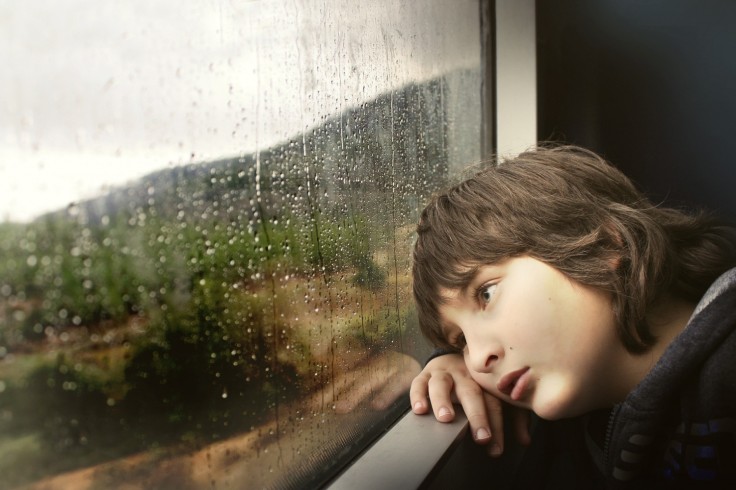
The change in seasons always makes children excited. When the changing season brings in the crisp air, colorful leaves, and falling snow, kids become animated and do the usual stuff. However, some kids grow irritable as the days get colder and shorter rather than enjoying the change.
For some children, low mood and reduced energy are the primary outcomes of a form of depression commonly known as Seasonal Affective Disorder (SAD).
Psychiatry Org stated that in the Diagnostic Manual of Mental Disorders (DSM-5), SAD is identified as a form of depression.
So if your child's mood changes every time winter and fall roll around, you may wonder if your child has SAD. Experts thoroughly explain SAD and how it affects the child and share advice on making sense of such a confusing diagnosis.
What Is Seasonal Affective Disorder?
SAD is a disorder that usually happens during the winter and fall months. Yet, Mary Fristrad, Ph.D., a clinical child and adolescent psychologist and director of academic affairs and research development at Nationwide Children's Hospital, says some kids experience SAD during spring and summer.
Dr. Fristad added that approximately 3 percent of the juvenile would experience SAD, ranging from 1.5 percent to 5.5 percent.
Experts say there are three main theories as to why SAD might occur. For instance, some kids may have excessive melatonin in the body, energizing kids to eat more and less serotonin.
He advises parents to always look after their child's mood as sometimes an irritable child may have a temper tantrum, noting that depression will not always look the same. Pay attention to what you think is normal for them and what is not.
Very Well Family suggests that when your child is not behaving like themselves, bring them to a healthcare provider to discuss their mental health and determine what might be causing the specific changes in your child.
What are the signs and symptoms of SAD?
Aside from changes in mood and reduced energy, SAD can also take the form of negative thinking, massive shifts in sleep and eating, trouble concentrating, lack of enjoyment, feeling worthless or hopeless, and suicidal thoughts.
SAD is not just a simple change in kids, as many kids who have SAD consider death. Thus, parents must pay attention and get their children treated as much as possible.
According to Dr. Fristad, SAD diagnosis starts by ruling out medical issues that may cause the same symptoms. For instance, being tired could indicate an underlying medical condition like mononucleosis, hypoglycemia, or hypothyroidism.
On the other hand, some kids may not be able to express themselves during a discussion with a healthcare provider. The parents can get involved by sharing their observations.
Moreover, Mayo Clinic stated to consider seeing a healthcare provider once the sleep patterns and appetite change and the child feel hopeless.
If a child has been diagnosed with SAD, experts may suggest various treatments, such as phototherapy and light therapy. These treatments entail a special light that gradually stimulates daylight.